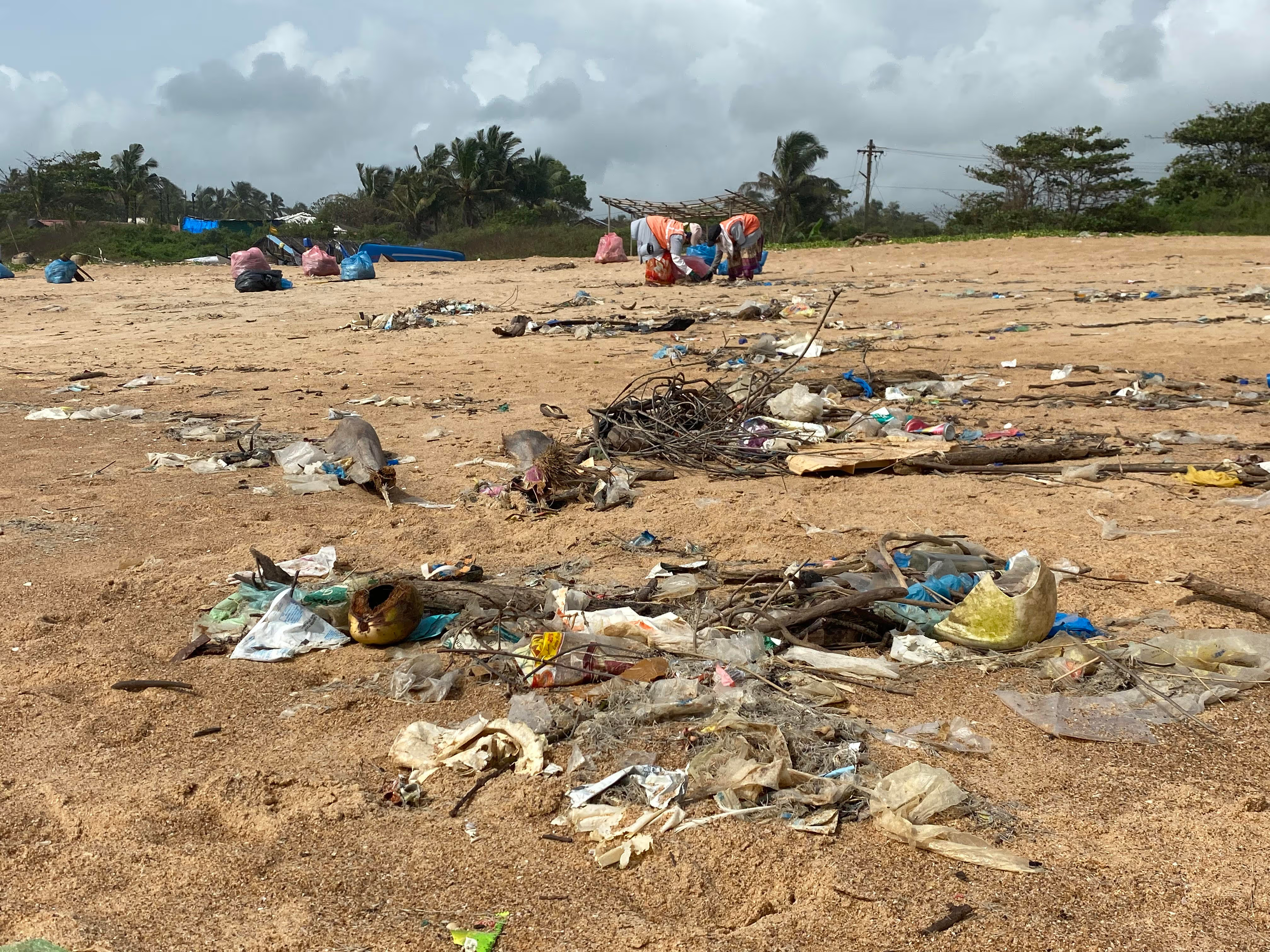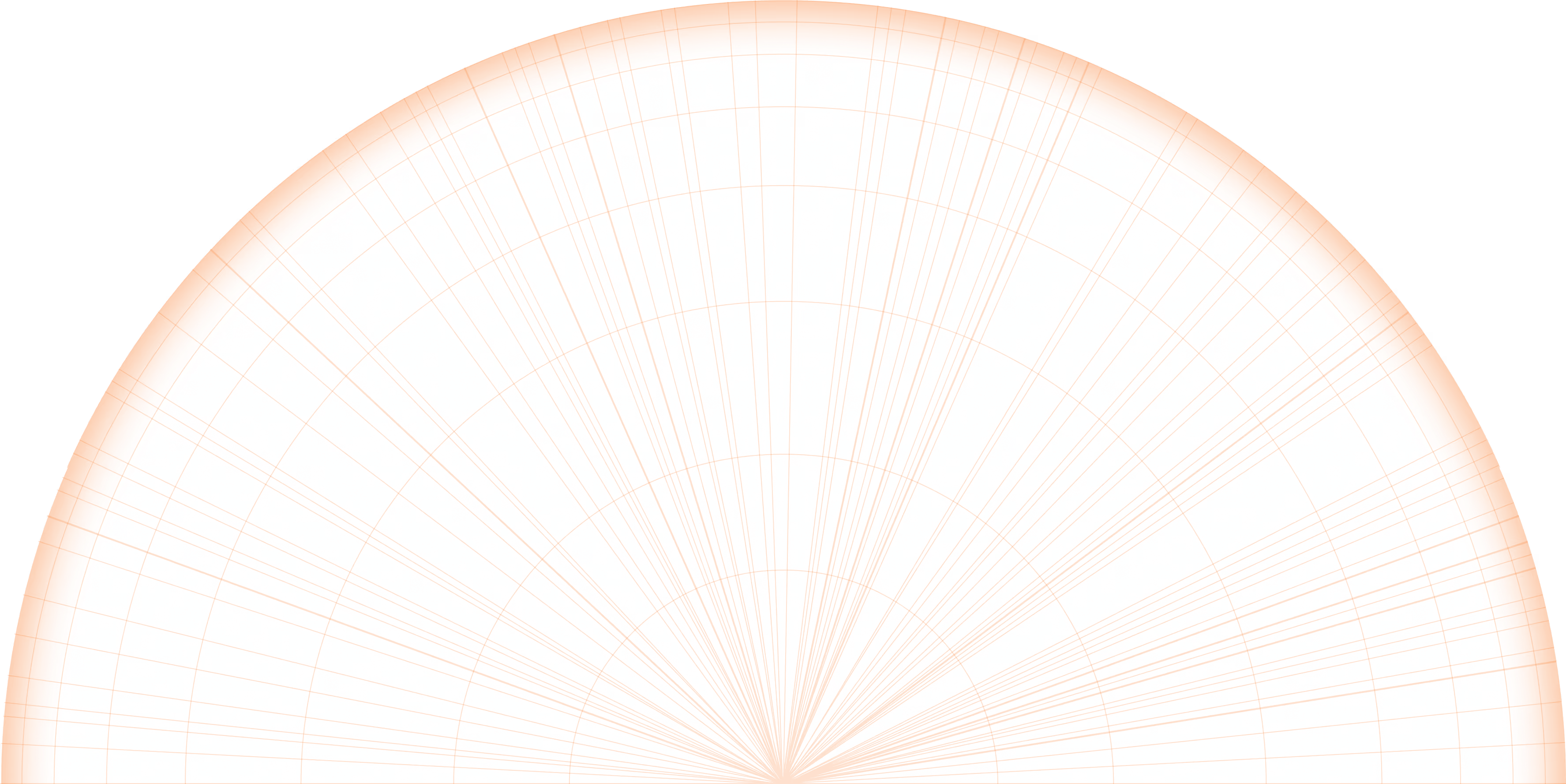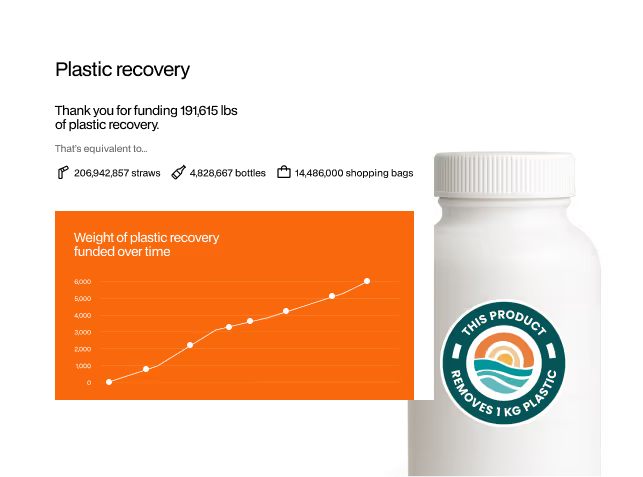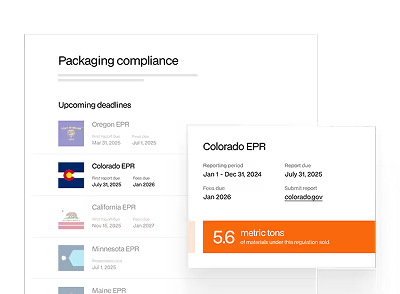In today’s world, we use “plastic” as a blanket word to describe the myriad of shapes and forms that this material comes in. In reality, there are 7 types of plastic that vary in their chemical composition, purpose, recyclability, and hazardous nature. It’s important to stay informed of these variants as it helps us on our journey as conscious consumers.
1. PET/Polyethylene Terephthalate:

We encounter PET plastics in our day-to-day lives — they exist in almost every grocery store aisle. They are primarily used as packaging for sodas, water, medicine jars, household cleaning products, and more. PET plastics are widely used because they have the ability to prevent oxygen from entering the container and spoiling the perishable product inside. This plastic variation is one of the most commonly recycled ones.
2. HDPE/High-Density Polyethylene:
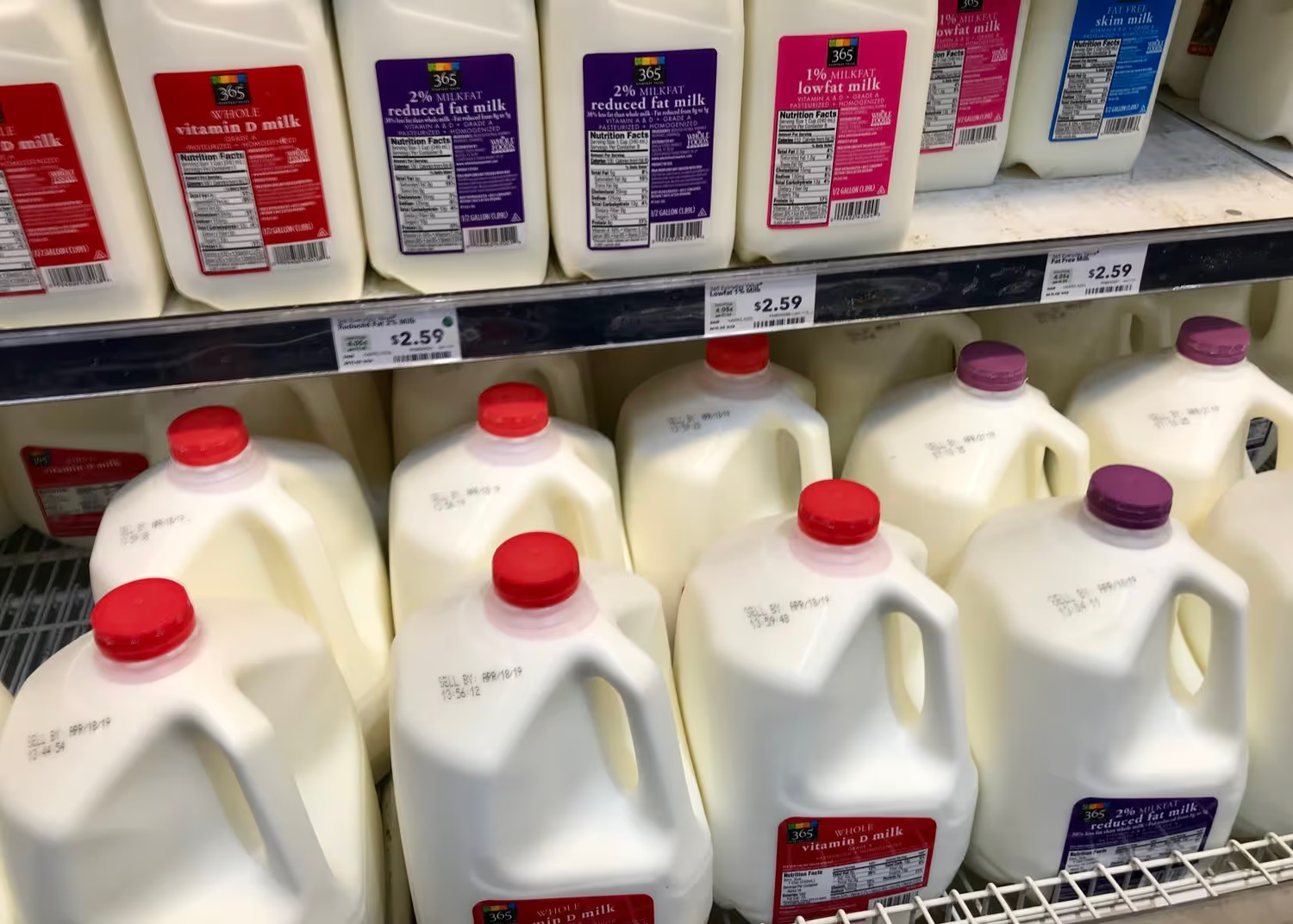
HDPE plastic is usually opaque and is used in containers for milk, motor, oil, shampoos, conditioners, and other toiletries. They are stronger and relatively more stable than Type 1 plastics and are also recycled often. These plastics can only be reused for food and beverages if they were initially used for the same purpose. Otherwise, they might disrupt the human hormonal system.
3. PVC/Polyvinyl Chloride

PVC plastic is a tough plastic that is used primarily for plumbing in pipes and tiles. It is also used in toys, detergents, cooking oil bottles, inflatable mattresses, and much more.
Healthy Child Healthy World describes PVC as the most toxic plastic, and vinyl chloride, the chemical used to make PVC, has been described as a known carcinogen by the World Health Organization’s International Agency for Research on Cancer.
Using this plastic variant may leach a variety of toxic pollutants like bisphenol A (BPA), phthalates, lead, dioxins, mercury, and cadmium that are widely considered cancerous. This type of plastic is also rarely accepted in recycling programs.
Is your business looking for solutions for your plastic packaging footprint? Get in touch with our BD team at letstalk@repurpose.global to explore how rePurpose’s plastic action solutions can support your brand’s goals for plastic reduction and waste recovery.
4. LDPE/Low-Density Polyethylene

Low-density plastics are the most durable and flexible forms of plastic that are easy and cheap to process. LDPE plastics are used in shopping bags, cling wraps, squeezable bottles, and more. Although LDPE plastic is ideal for convenient human use, it is almost impossible to recycle and thus, often ends up in our landfills.
5. PP/Polypropylene:
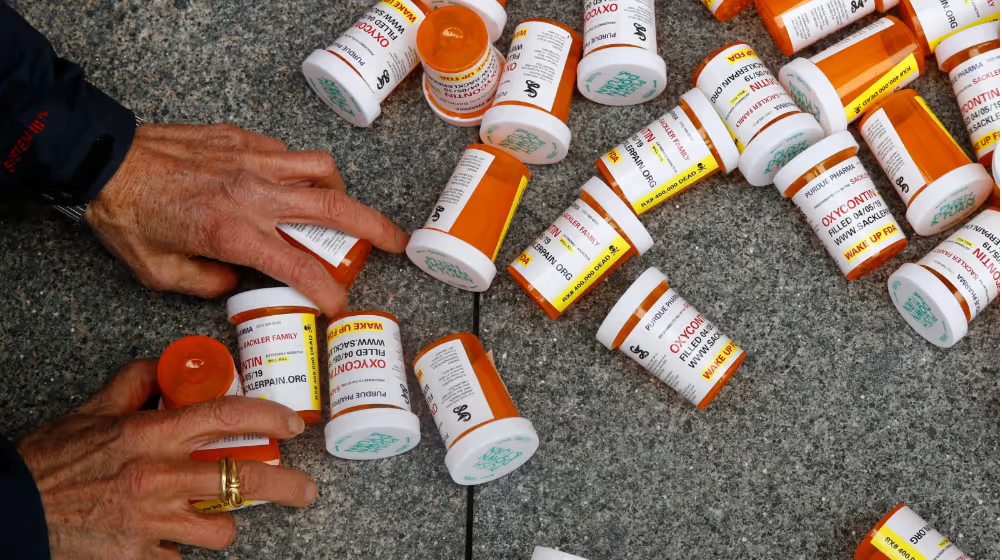
Polypropylene plastics have a high melting point and are used for their ability to store hot food and microwaveable meals. Owing to their durable nature, they are also used in yogurt containers, syrup, and prescription bottles. Despite offering many wonderful qualities such as heat resistance and durability, this plastic cannot be recycled and is not conducive to human use.
6. PS/Polystyrene

Polystyrene (PS) plastic is a naturally transparent thermoplastic that is available as both a typical solid plastic as well in the form of a rigid foam material.
Polystyrene is a versatile plastic used to make a wide variety of consumer products. As a hard, solid plastic, it is often used in products that require clarity such as food packaging, takeaway containers, and laboratory ware.
When combined with various colorants, additives, or other plastics, polystyrene is used to make appliances, electronics, automobile parts, toys, gardening pots, etc.
Unfortunately, these plastics are not recycled often and never fully degrade, which means that when left uncollected in nature, these plastics will take hundreds of years to decompose. Polystyrene plastics have also been proven to be carcinogenic and injurious to human health.
Further reading: Small Scale Recycling and its Huge Scale Impact
7. Others:

The 7th category covers all the plastics that don’t fall under the categories we have previously discussed. Most recycling programs do not accept the seventh category of plastics as they are difficult to identify and segregate for recycling.
The most commonly used plastic that falls under this category is Polycarbonate which has been associated with highly toxic BPA. It is used in baby bottles, compact discs and medical storage containers. Materials like bioplastics that are mixed with plastics are also part of this category.
Concluding thoughts
No matter which category of the 7 types of plastic it falls in, all plastics need to be recycled or reused in order for us to move towards a circular economy. Whether you’re an individual consumer or a major business that uses plastic, curbing and reducing your plastic consumption is highly critical to mitigating its pollution and impact on the planet.
Take a step in the right direction by calculating your plastic footprint and balancing it with rePurpose Global. Small steps enable big changes, take yours today.
Is your business looking for solutions for your plastic packaging footprint? Get in touch with our BD team at letstalk@repurpose.global to explore how rePurpose’s plastic action solutions can support your brand’s goals for plastic reduction and waste recovery.

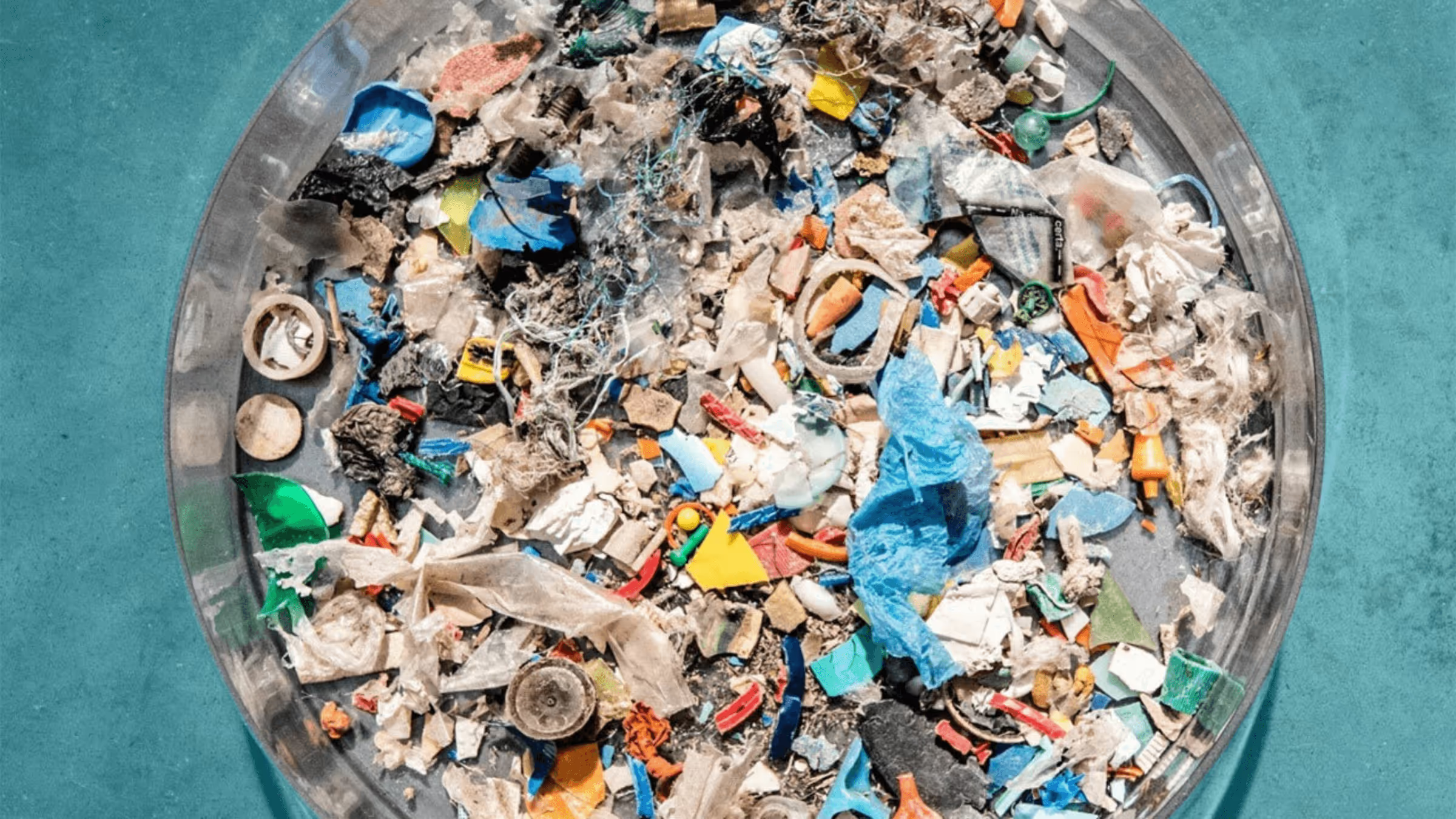

.avif)
